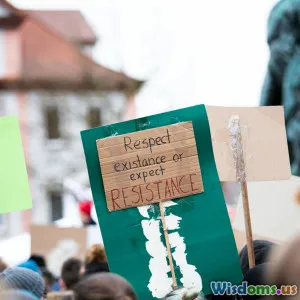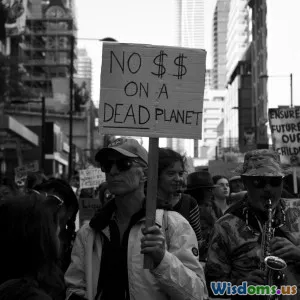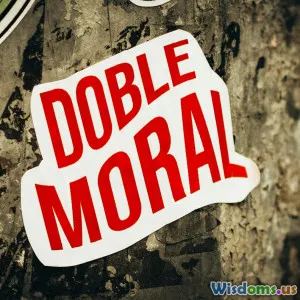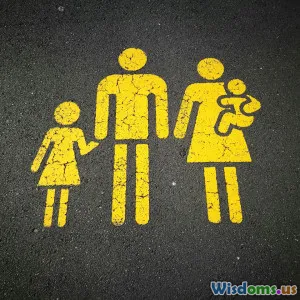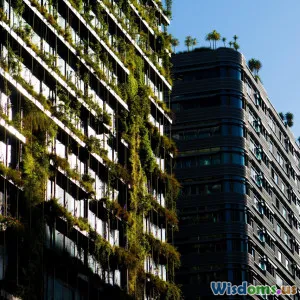
Art as a Medium for Social Change
7 min read Explore how art drives social change, inspiring action and awareness in communities worldwide. (0 Reviews)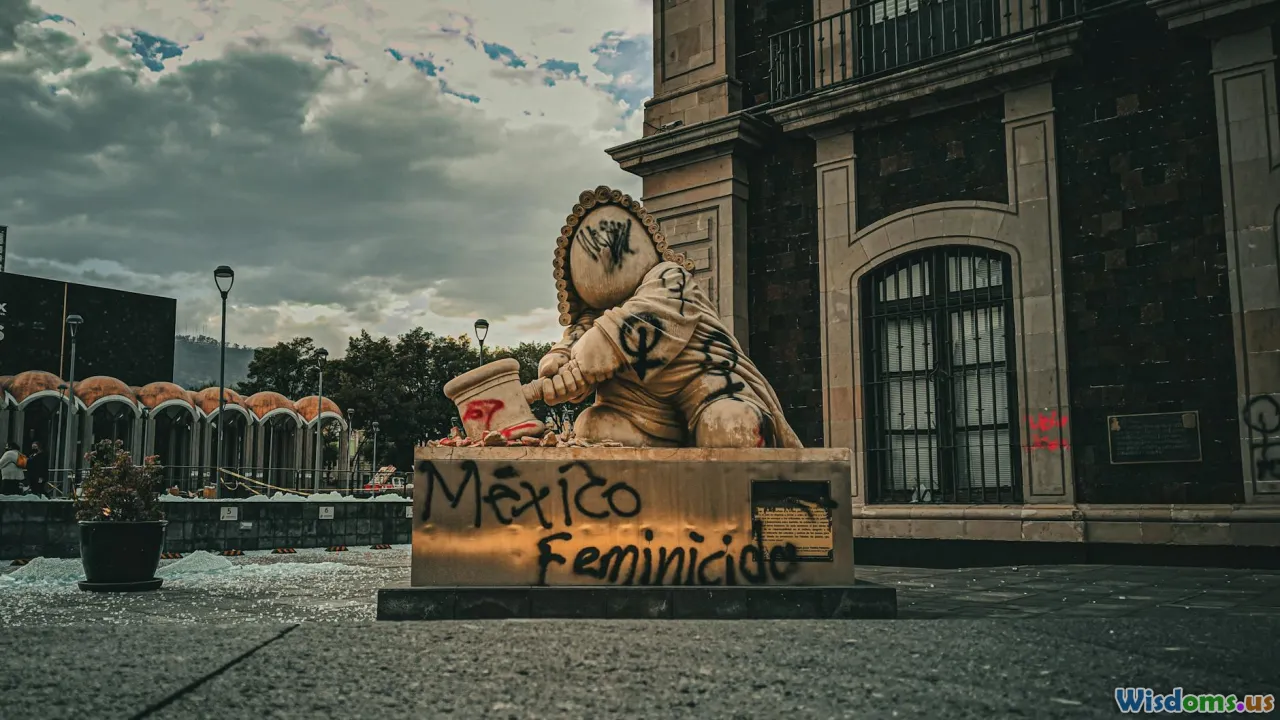
Art as a Medium for Social Change
Introduction
Art has long been more than just an expression of beauty or emotion—it is also a powerful medium to provoke thought and inspire transformation. From murals calling out oppression to performances that reveal untold stories, art serves as a mirror and a hammer: reflecting societal realities and breaking the silence around injustice. How can brush strokes, songs, or performances catalyze social movements and influence public discourse? This article explores the dynamic interaction between art and social change, unraveling how creative expression has fostered awareness, empowered marginalized voices, and shaped cultural shifts around the globe.
Historical Perspectives: Art as Revolutionary Catalyst
Throughout history, art and social change have been intertwined.
Visual Art in Political Revolutions
Consider the Mexican muralist movement in the early 20th century, where artists like Diego Rivera portrayed the struggles of the working class and indigenous communities. Their vivid murals not only celebrated Mexico’s cultural identity but urged social reform and greater equality. Rivera’s large public works, such as those painted at the National Palace in Mexico City, made revolutionary themes accessible to all.
Similarly, the protest art of the 1960s Civil Rights Movement in the United States featured posters, prints, and music that galvanized support and documented the quest for racial equality. Emory Douglas, the Minister of Culture for the Black Panther Party, created striking artwork that communicated defiance and empowerment to a broad audience.
Theater and Performance: Staging Resistance
Theater has been instrumental in social transformation. Bertolt Brecht’s epic theater in the 20th century challenged audiences to critically engage with social and political issues rather than passively consume entertainment. His plays, such as Mother Courage and Her Children, highlighted the absurdity and brutality of war.
In South Africa, the apartheid era witnessed performances and music that risked censorship to expose racial segregation and rally resistance, with artists like Miriam Makeba becoming global vocal advocates for freedom.
Contemporary Art Movements Driving Social Change
Today's artists leverage diverse platforms and media to address modern challenges—from climate change to gender equality.
Street Art and Public Murals: Voices in the Open
Street art has emerged as a vibrant tool for activism, accessible to vast audiences beyond galleries. Banksy, the enigmatic British street artist, creates provocative pieces challenging consumerism, war, and inequality. His 2013 painting Girl With Balloon—symbolizing hope—became a rallying image after it partially shredded itself during auction, raising awareness about art’s commercialization.
In places like Rio de Janeiro or Johannesburg, public murals celebrate marginalized histories and demand political accountability, reclaiming urban spaces for community identity.
Digital Art and Social Media Campaigns
The digital age amplifies artistic activism. Digital illustrators and filmmakers share stories that humanize complex social issues, contributing to viral campaigns. For instance, the #MeToo movement harnessed videos, music, and art shared online to disrupt the silence around sexual harassment globally.
Interactive digital installations like Olafur Eliasson’s “Ice Watch” bring climate change visually to public squares by displaying melting ice blocks, making environmental advocacy both tangible and urgent.
Real-World Impact: Art Inspiring Action
While aesthetics captivate, social change through art often results in concrete outcomes.
Empowering Marginalized Communities
Art programs empower at-risk youth by giving them a voice. For example, the organization Arts Uniting Nations in conflict zones uses arts education to foster dialogue and trauma healing among children affected by violence.
In Indigenous communities, artists like Norval Morrisseau and Gail Tremblay reclaim narratives and cultural heritage, asserting sovereignty and raising awareness of ongoing challenges.
Influencing Policy and Public Opinion
Public engagement through art can sway policies. In 2019, the giant puppet activism associated with the Extinction Rebellion movement drew attention to climate policy failures. These artistic demonstrations captured public imagination, pressuring governments toward environmental initiatives.
Art installations in memorials and museums often educate the public on human rights atrocities, influencing collective memory and championing justice initiatives.
Challenges and Critiques
While art is powerful, it is not without limits.
Critics argue that art risks being co-opted by commercial interests or institutionalized, diluting genuine activism. Moreover, access to arts education and exposure remains unequal, potentially reinforcing systemic disparities.
Artists also face censorship and political repression. The imprisonment of Ai Weiwei in China for his politically charged art underscores the risks faced when art confronts authoritarianism.
Conclusion: The Enduring Power of Art for Change
Art wields a unique capability to reach hearts and minds where traditional rhetoric may falter. It humanizes complex issues, stimulates empathy, and offers imaginative solutions. Whether through a mural advocating for justice, a play challenging social norms, or digital activism amplifying marginalized voices, art remains a vital instrument for societal transformation.
In a rapidly evolving world, recognizing and supporting artistic voices dedicated to social change is not merely cultural enrichment but an ethical imperative. As Pablo Picasso once remarked, "Art is the lie that enables us to realize the truth." Let us harness this truth to inspire action and forge a more just and compassionate society.
Rate the Post
User Reviews
Popular Posts
















